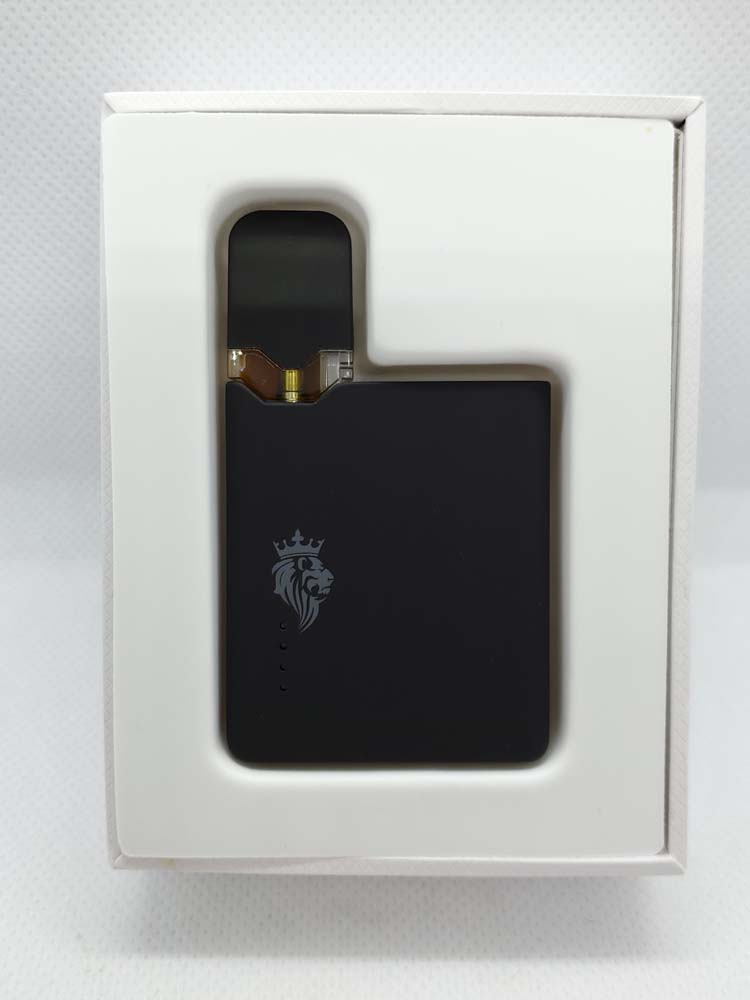Introduction
Nicotine, a stimulant found primarily in tobacco products, is consumed in various forms, including cigarettes, e-cigarettes, and nicotine replacement therapies (NRTs). The concentration of nicotine in these products can range from 0% to over 50mg per 100ml, but the range of 0%-5% is particularly notable. This range is significant because it represents products with minimal to moderate nicotine content, often marketed as less harmful alternatives to traditional tobacco products. This report examines the implications of 0%-5% nicotine content, focusing on user demographics, health considerations, and regulatory aspects.
User Demographics
Products containing 0%-5% nicotine are typically used by two primary groups: light smokers and individuals attempting to quit smoking. Light smokers, who consume fewer cigarettes per day, find these products appealing as they provide a milder nicotine hit without the intense effects of higher concentrations. Additionally, those trying to quit smoking often use these products as part of NRTs or e-cigarettes. These alternatives help manage withdrawal symptoms and gradually reduce nicotine dependence.
The popularity of these low-nicotine products extends to younger populations, including teenagers and young adults, who are drawn to flavored e-cigarettes. However, this raises concerns about nicotine dependence in youth, despite the lower concentration.
Health Considerations
The health implications of 0%-5% nicotine products are a subject of ongoing debate. On one hand, they offer a potential pathway to smoking cessation and harm reduction, as they deliver nicotine without the toxic chemicals present in combustible tobacco. Studies suggest that e-cigarettes with nicotine can aid in quitting smoking, with a 2019 meta-analysis indicating their effectiveness as a cessation tool.
However, concerns persist. Nicotine, even in low concentrations, can affect brain development in adolescents and young adults, potentially leading to cognitive impairments and increased risk of addiction to other substances. Furthermore, the long-term health effects of inhaling e-cigarette aerosol, which contains ultrafine particles and flavoring chemicals, are still under investigation.
Regulatory Aspects
Regulation of 0%-5% nicotine products varies globally, reflecting differing priorities and concerns among governments. In the United States, the FDA regulates e-cigarettes and al fakher vape has introduced flavor bans to curb youth access. The European Union imposes strict regulations on e-cigarettes, including limits on nicotine concentrations and advertising restrictions.
Some countries have implemented taxes based on nicotine content, potentially impacting the affordability of lower-nicotine products. However, concerns about black market activity and the quest for effective public health strategies complicate regulatory efforts.
Conclusion
Products with 0%-5% nicotine represent a valuable tool in the quest for smoking cessation and harm reduction. They attract a broad audience, from light smokers to those seeking to quit, and are a less harmful alternative to traditional tobacco products. However, their potential risks, especially concerning youth use and long-term effects, necessitate a cautious approach.
 As the landscape evolves, policymakers must balance regulation with accessibility, ensuring these products remain available for harm reduction while protecting vulnerable populations. Future research should continue to evaluate the health impacts and effectiveness of low-nicotine products, guiding informed policy and public health decisions.
As the landscape evolves, policymakers must balance regulation with accessibility, ensuring these products remain available for harm reduction while protecting vulnerable populations. Future research should continue to evaluate the health impacts and effectiveness of low-nicotine products, guiding informed policy and public health decisions.